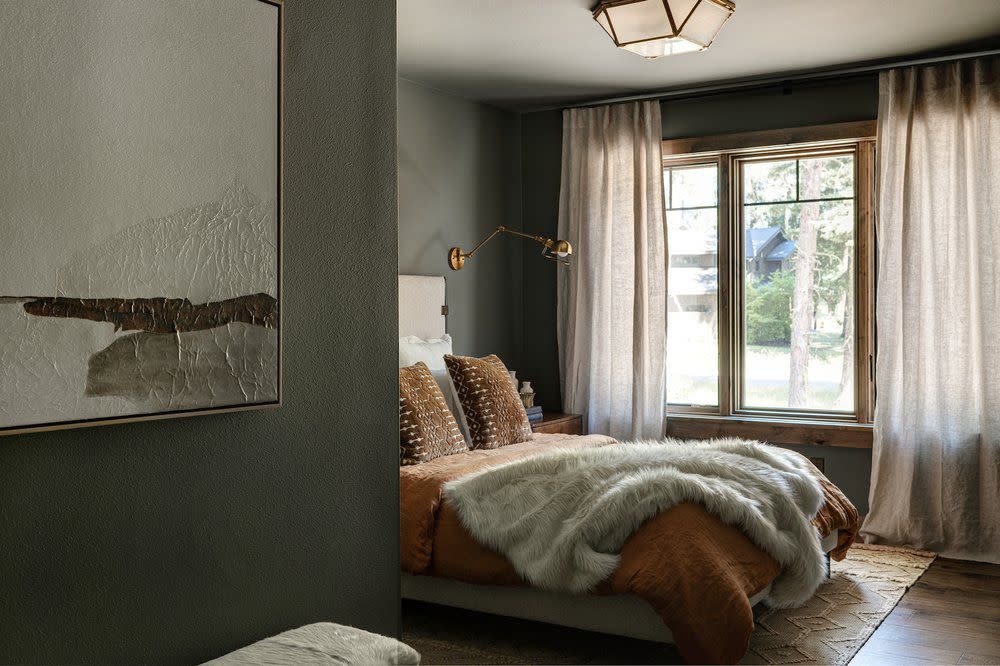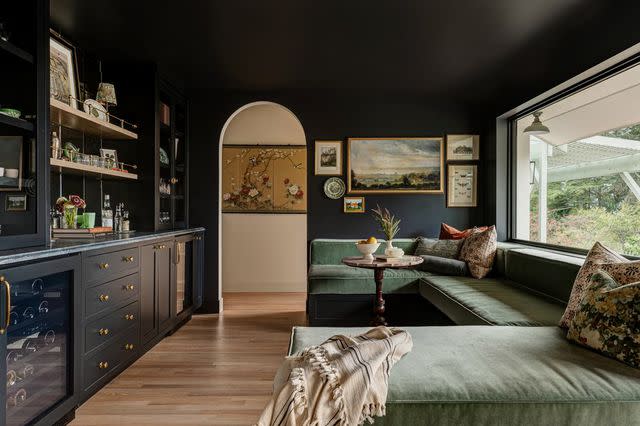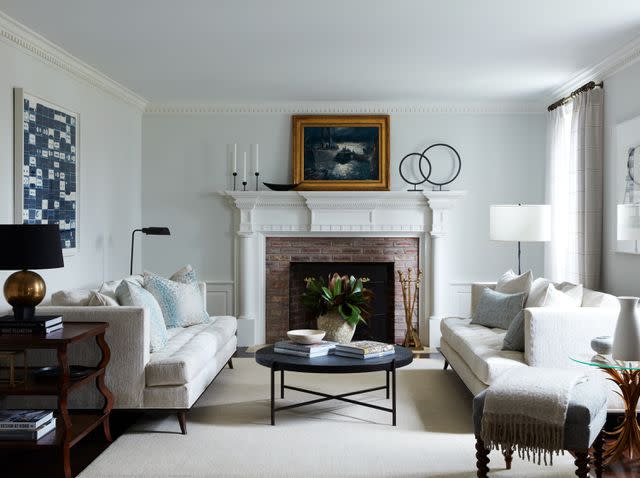6 Inexpensive Updates That Will Make Your Home Look Expensive

Jessica Nelson Design / Photo by Carina Skrobecki Photography
If you feel it’s time to refresh your home, but fear the cost and work involved, think again: you don’t need to break the bank or hire a professional to revamp your home or a single room. Nor do you have to go on a shopping spree to completely overhaul your home’s decor.
We spoke with expert designers to learn what updates—large and small—homeowners can DIY on a budget while still packing a visual punch.
Change the Color Palette

Barrett Oswald Designs / Photo by Tim Lenz
Painting is one of the top tips most designers, architects, and remodelers have for homeowners looking to update a space on their own while on a shoestring budget.
“It can instantly take a room from boring to rich, bold, soothing, or playful,” Jessica Nelson, principal of Jessica Nelson Design, says. Nelson recommends combining different paint colors whether it's keeping the walls light and using a pop of color on the trim or just the doors—it will help elevate the space.
Casey Keasler, founder and design director of Casework, agrees. “Paint is the least expensive material and has a low threshold for tools and skill but can create a big impact by just changing the color of a room," she says.
She recommends starting with a test swatch before fully diving into a color because it can change dramatically from room to room and is affected by lighting, including natural light.
Cover Up
Similar to painting, wallpapering a room can also alter the style of a room, Barrett Oswald, partner and principal designer of Barrett Oswald Designs, says.
There are expensive wall coverings, but there are also plenty of easy-to-apply peel-and-stick options that are budget-friendly while still eye-catching. Best of all, the latter can be changed on the fly when you get tired of the visuals or colors.
Accessorize Wisely

Jessica Nelson Design / Photo by Carina Skrobecki Photography
It’s typical to assume that the replacement of a big-ticket item will refresh and enhance a space, but sometimes you don’t need to go that big. Consider changing up some of the accessories that adorn those larger furnishings and rooms in general.
“The easiest way to revamp a living room is through accessories like new pillows, art, throws, and ottomans,” Oswald says.
Nelson also suggests finding great curated accessories that feel special to you and your space. Nelson recommends antique stores and online shops like Etsy or 1st Dibs which are great places to find intentional and one-of-a-kind pieces.
"We find when layering in these last details, less is truly more," Nelson says.
Change Out the Hardware
Similar to home accessories, decorative hardware is much like jewelry whether they’re door handles and levers, cabinetry pulls, light switches, or electric outlet faceplates.
These can look old and dated (think yellowing plastic or certain out-of-style knob shapes and colors) but they’re super simple and cheap to replace, assuming that the existing hardware is standard in size. To be safe, you may want to remove a piece and bring it into a hardware or home store to check the size against stocked items.
Go Window Shopping
Updating window treatments is another effortless way to dress up a room and make it feel more finished.
"This gives you a great opportunity to add texture or pattern to a space,” Nelson says. Nelson loves rich velvets or even airy linens, however, there are various inexpensive window treatment options on the market.
You can also swap out standard blinds or shades with Roman shades in a linen or similar-quality fabric. And don’t forget to look at the hardware (rods, finials, any visible mounts, and pulls).
Add Texture to Walls

Barrett Oswald Designs / Photo by Tim Lenz
If you have minimal walls or standard drywall, it may be time to consider adding dimensional details such as molding, trim, beadboard, or wainscoting. Most people believe they need a contractor for this kind of work, but surprisingly, molding and paneling are very DIY-friendly.
Just take extra care in measuring, using a level, and scanning the wall for studs as well as elements you wish to avoid such as electrical wires or pipes. Nelson explains how tongue-and-groove, beadboard, and all types of wainscoting give off an expensive look and can completely elevate any space from bathrooms to bedrooms.
Oswald has spotted a recent resurgence of paneling in the larger common spaces as well, such as in living rooms.
“The bold enhancement of walls in focal areas is something we hope to see more of in 2024," Oswald says.
Read Next: 10 Budget-Friendly Home Decor Updates to Make Right Now
Read the original article on The Spruce.

